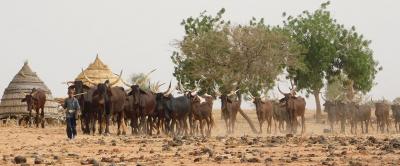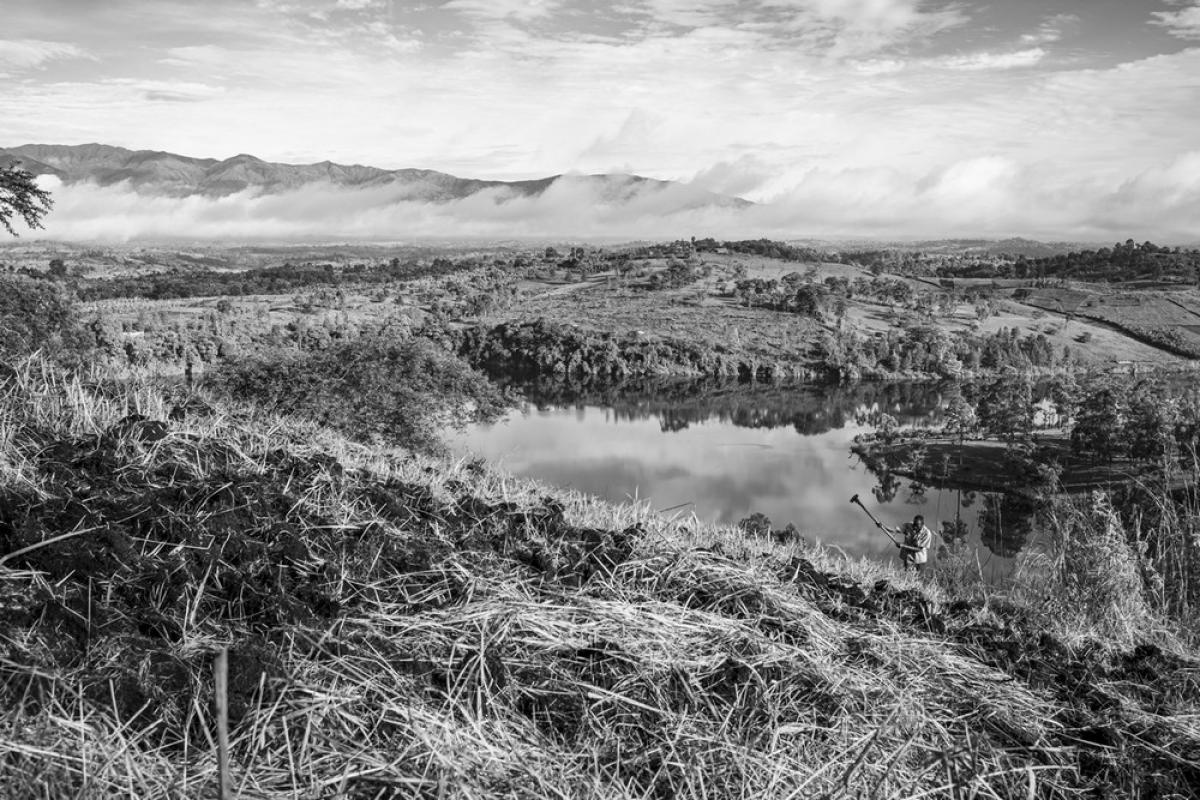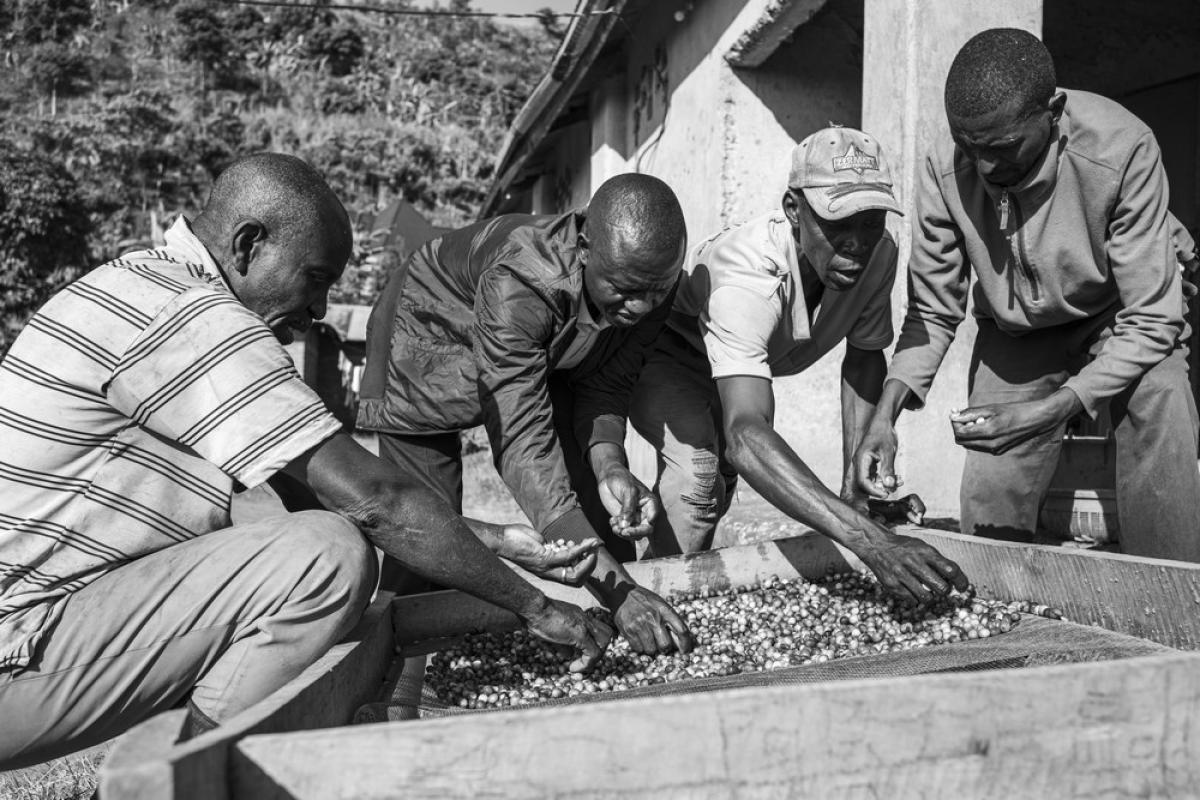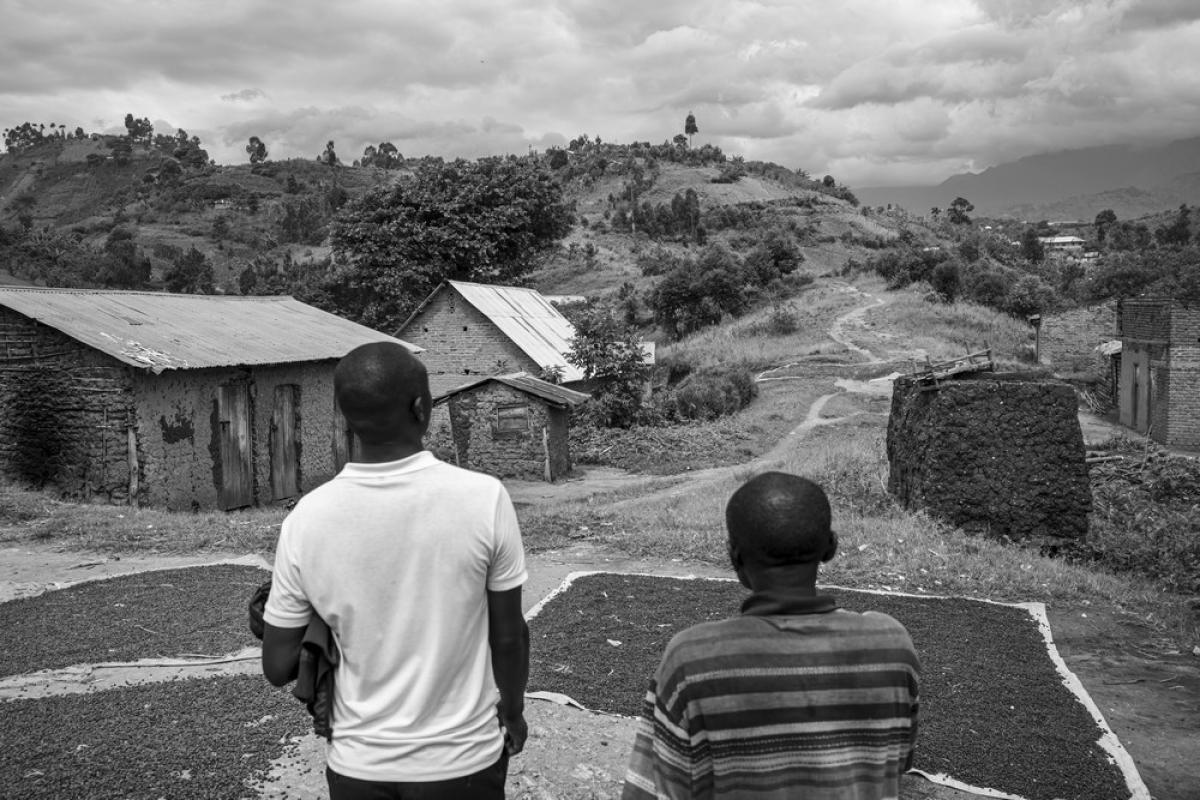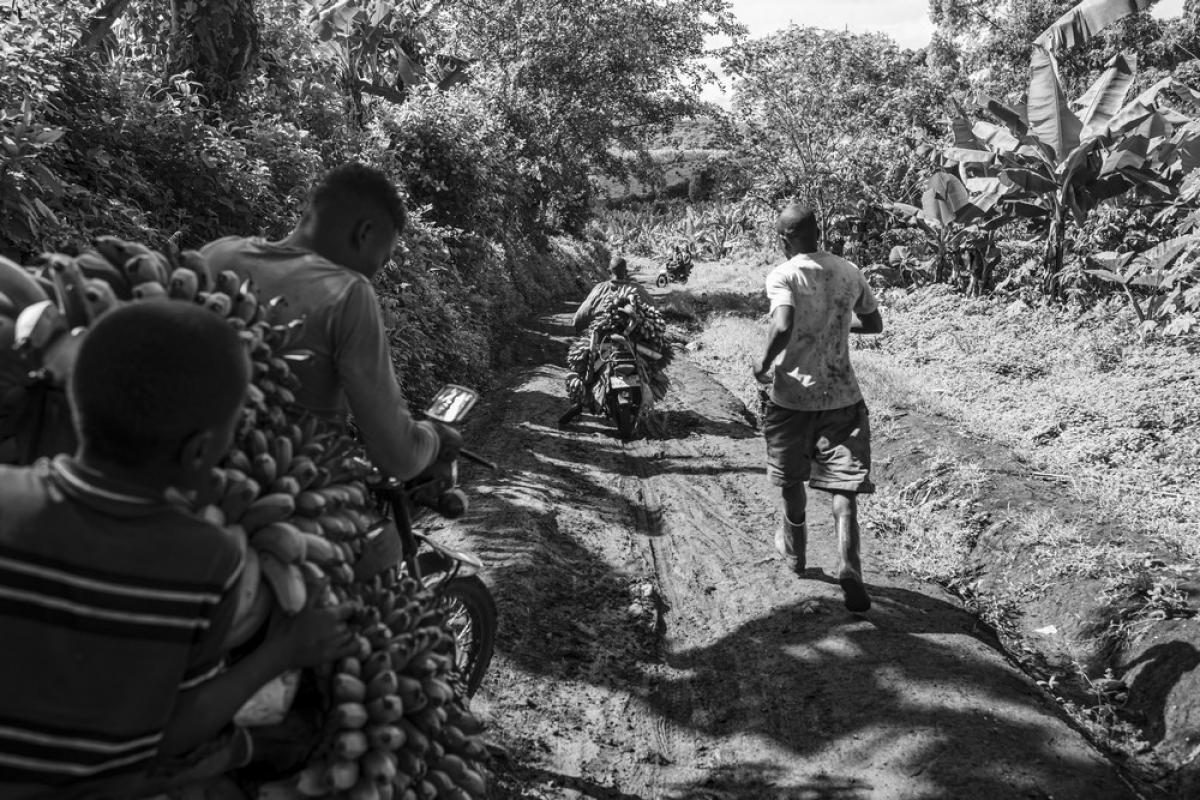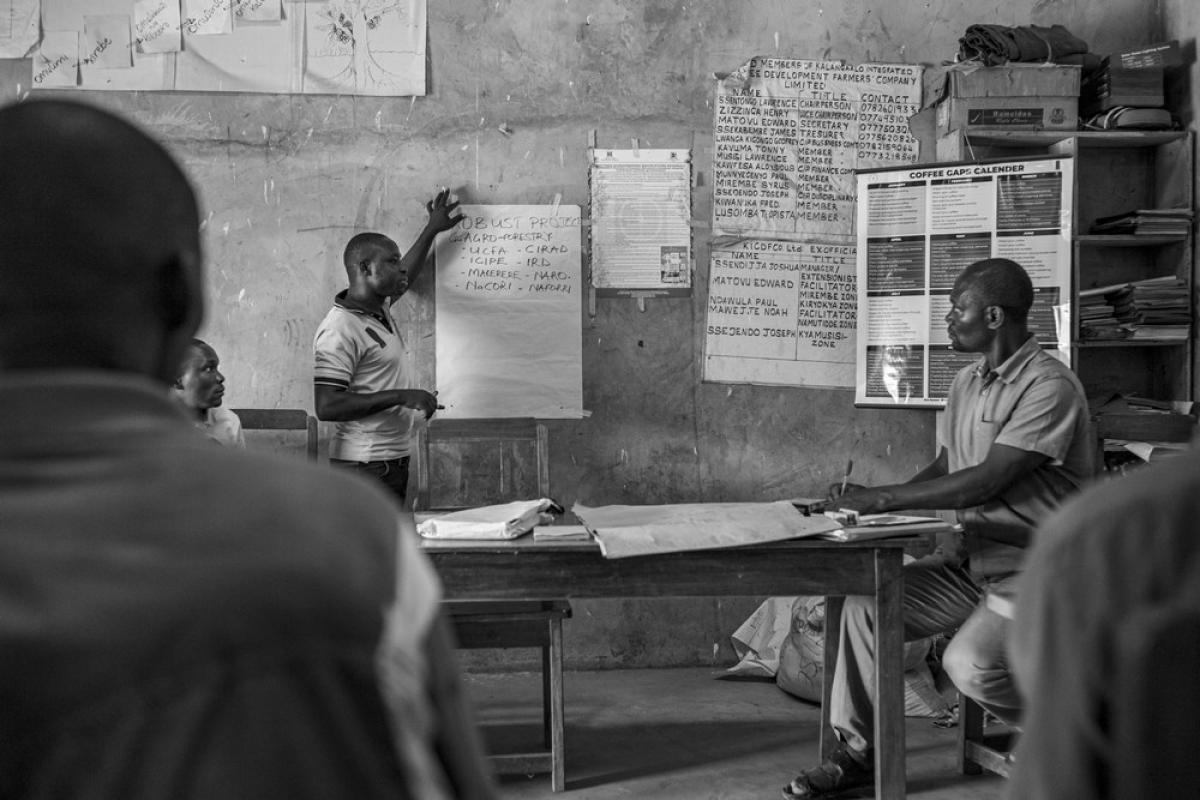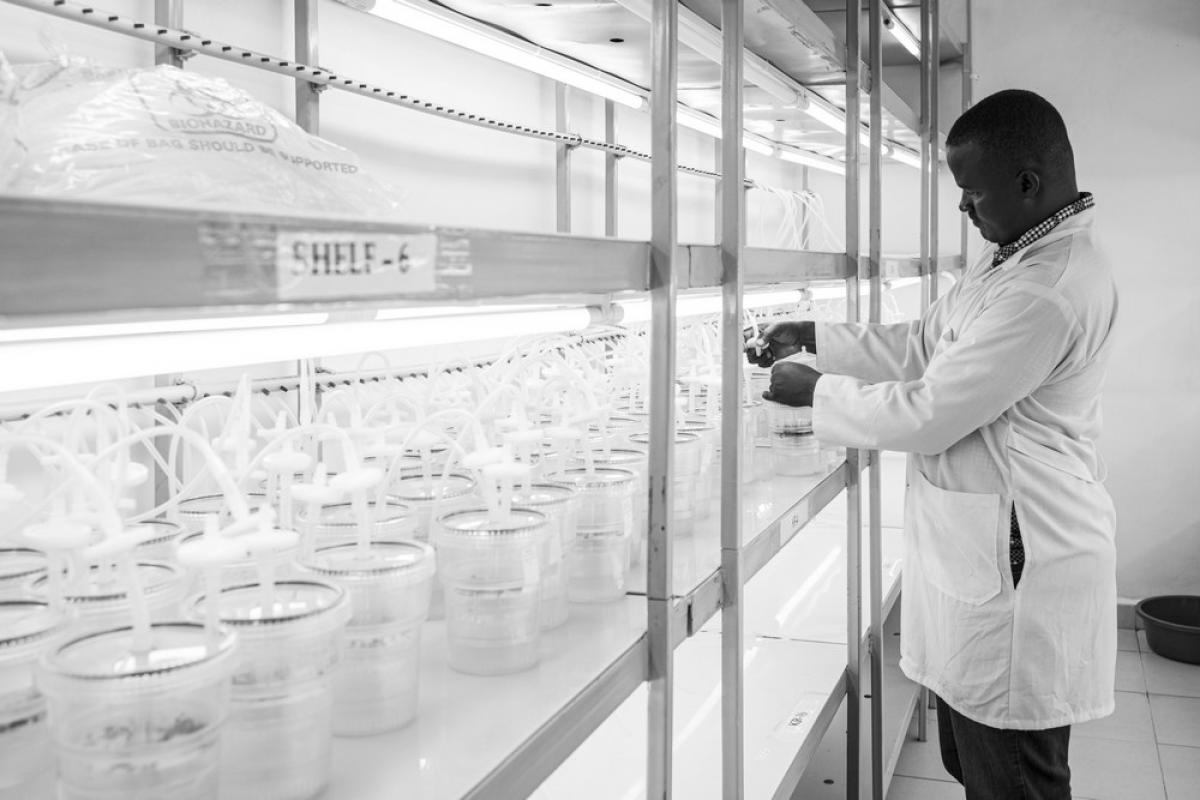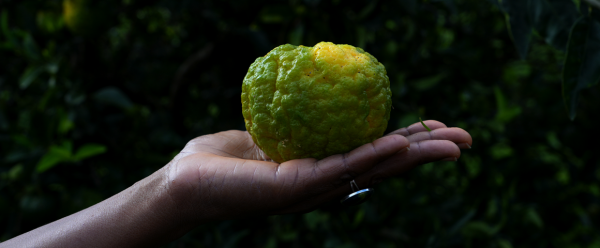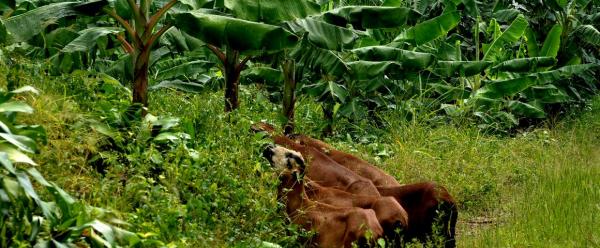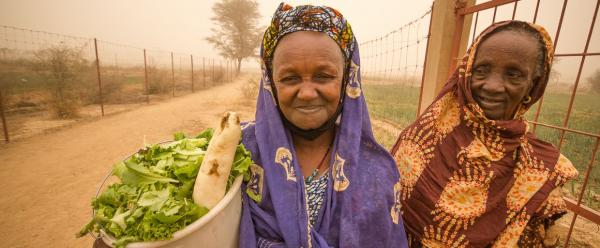Science at work 16 December 2025
- Home
- CIRAD news
- News
- Report on coffee growers in Uganda
A glimpse of the lives of coffee growers in Uganda, in the light of climate change

Freshly harvested coffee cherries will be dried in the sun or in a dryer, sheltered from the rain
The essentials
- Uganda is the second largest coffee producer in Africa, after Ethiopia
- Coffee is primarily grown on family farms, and is the main cash crop for almost 70% of the country's population
- The ROBUST project, funded by the European Union and coordinated by CIRAD, is working to adapt the sector, by crossing with local varieties and adopting agroforestry techniques.
Despite an annual market of more than 40 billion euros in 2022, coffee growers are some of the world's poorest farmers. Their crops are grown near the Equator, across Asia, Central America and Africa.
In Uganda, the second largest coffee producer in Africa, after Ethiopia, over 70% of the population works in the agricultural sector. Coffee plantations are primarily operated by "small-scale producers", in other words families who cultivate their land. Coffee is one of the main cash crops for these families, along with vanilla, maize and sometimes cotton. As Fabrice Pinard, an agronomist with CIRAD and coordinator of the EU ROBUST project, says, "according to a Ugandan proverb, coffee never lies. It is the cornerstone of daily life for families, villages and nearby towns, and can always be relied on".
The income from these crops allows families to purchase what they cannot produce themselves (food, clothing, tools) and educate their children. A wide network of cooperatives and coffee factories enables producers to pool resources such as machinery for drying and hulling coffee cherries, warehouses for storing coffee bags, communication means, and skills for billing and distribution. Coffee bags are transported by truck to the port of Mombasa in Kenya, for export to consumer countries.
Like all agricultural products, coffee is affected by the consequences of climate change. On the one hand, the quantity and quality of harvested
cherries are already being impacted by the lack of rain. Moreover, the distinction between rainy and dry seasons is becoming less pronounced. Despite Uganda’s average CO2 emissions per capita being below 0.15 tons per year, Ugandan coffee farmers have to adapt to the consequences of climate change, which is mainly induced by developed countries.
Download the full photo report
Find out more
In the light of climate change, Uganda has begun growing Robusta coffee in agroforestry systems
See also
Is coffee under threat? Banking on agroforestry and consuming differently
Contact
Fabrice Pinard
Nairobi, Kenya




